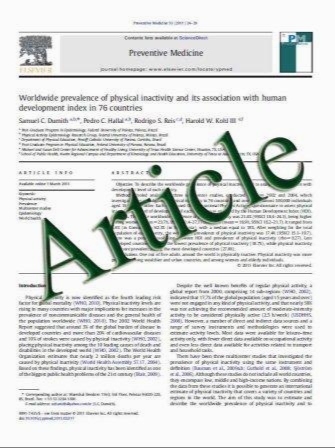Henoch-Schِnlein purpura nephritis with nephrotic state in children: predictors of poor outcomes
- نوع فایل : کتاب
- زبان : انگلیسی
- مؤلف : Hitoshi Wakaki & Kenji Ishikura & Hiroshi Hataya & Yuko Hamasaki & Tomoyuki Sakai & Nahoko Yata & Tetsuji Kaneko & Masataka Honda
- چاپ و سال / کشور: 2011
Description
Nephritis develops in 18–81% of Henoch- Schِnlein purpura patients, and the long-term outcomes of this nephritis show great variation. A nephrotic state at disease onset has been proposed as a predictor of poor renal outcomes. We studied 42 children with Henoch-Schِnlein purpura nephritis (HSPN) who presented with a nephrotic state during the early phase of the disease. The median age of the patients at the time of diagnosis was 7.4 years. The median follow-up period was 6.2 years. Twenty-five children (60%) made a complete recovery; nine (21%) progressed to end-stage renal disease. Multivariate logistic regression analyses revealed that the nephrotic state lasting for more than 3 months had a significant effect on renal outcomes (odds ratio 11.6; 95% confidential interval, 1.16– 348.4; p=0.03), whereas initial renal insufficiency, renal pathological findings, age at onset, and types of treatment did not. These findings indicate that clinical presentation, particularly duration of the nephrotic state, is related to long-term outcomes in HSPN patients with nephrosis. Our results also indicate that the therapeutic options for HSPN patients with a nephrotic state should be based on the clinical presentation rather than on the initial pathological findings alone.
Pediatr Nephrol (2011) 26:921–925 DOI 10.1007/s00467-011-1827-8 Received: 11 November 2010 / Revised: 7 February 2011 / Accepted: 11 February 2011 / Published online: 4 March 2011


